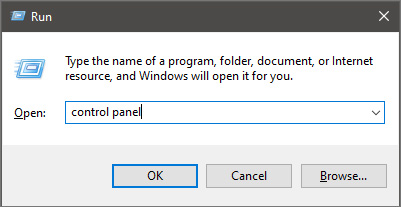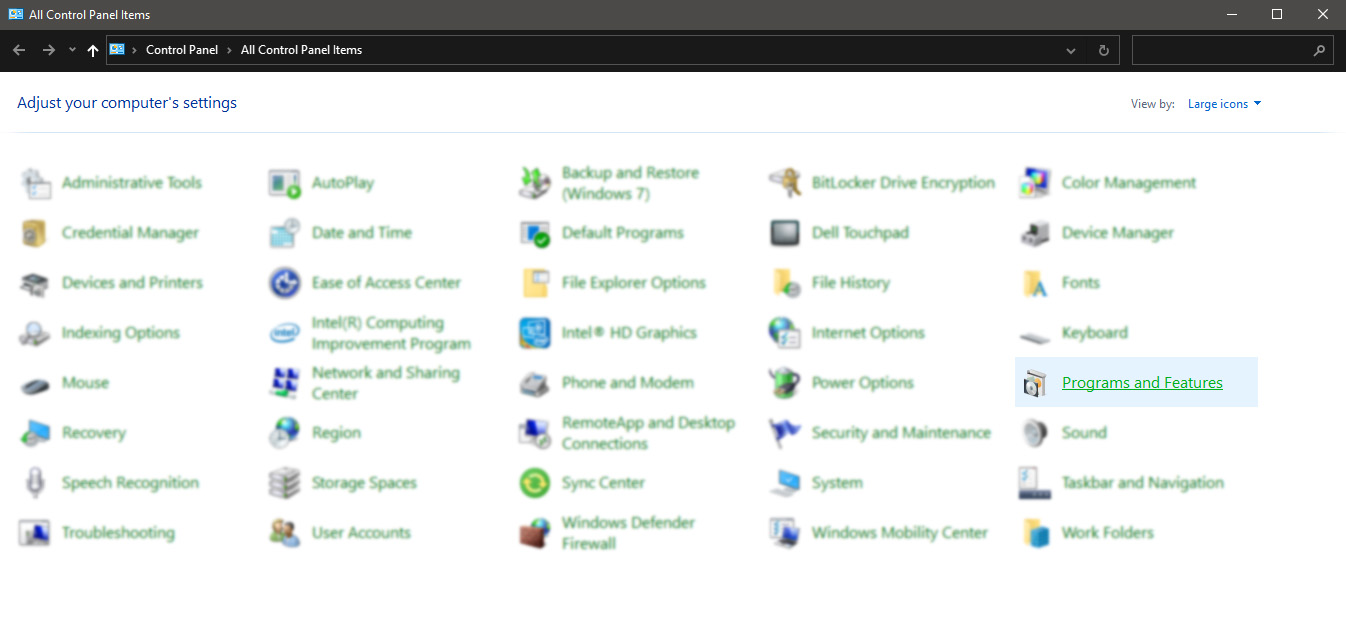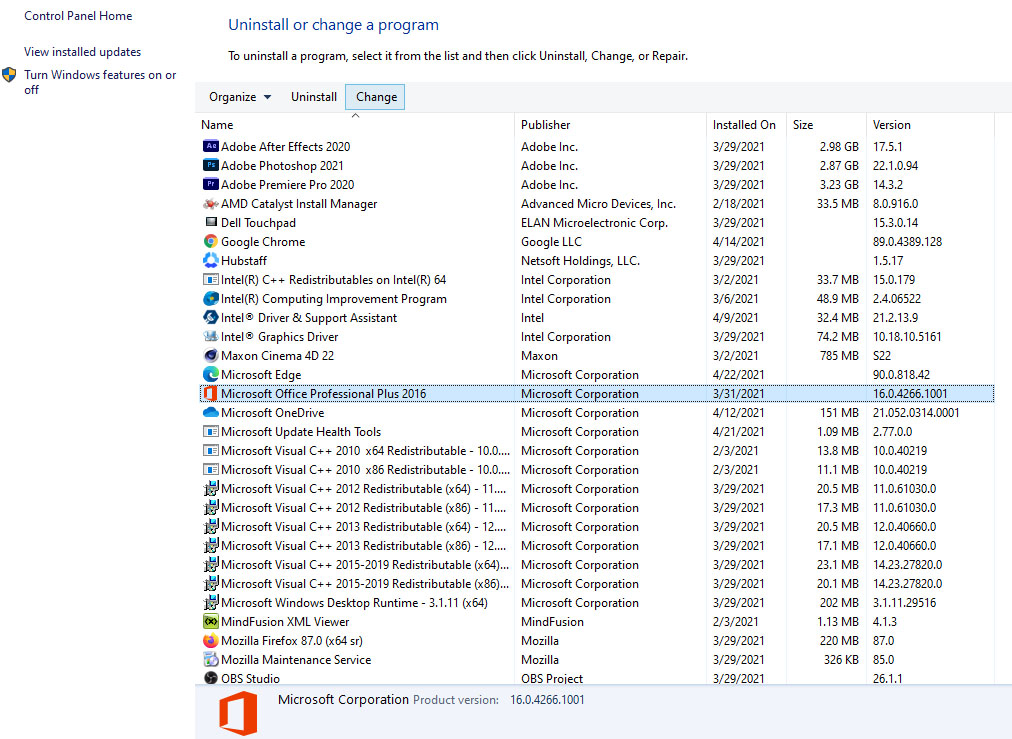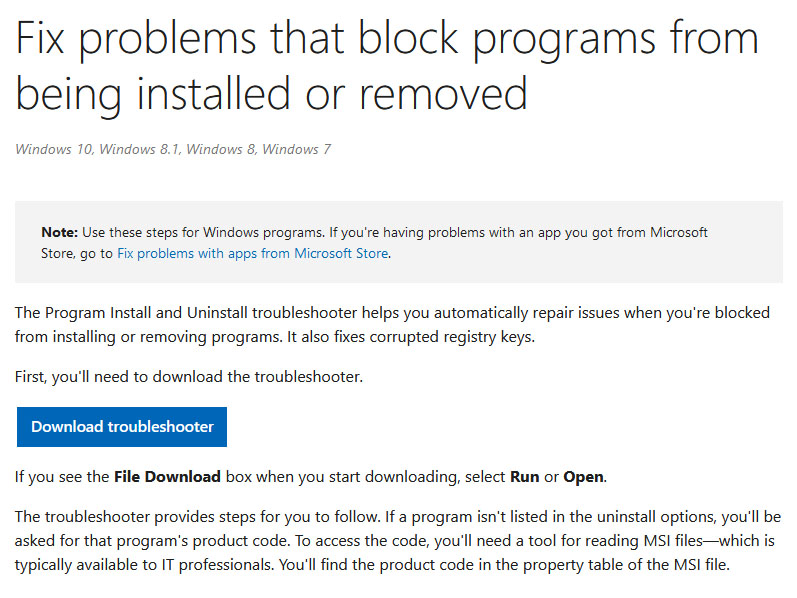
Hello and welcome everyone, just a few years ago we had
FLASH video content on the internet, we had FLASH games, full FLASH website experiences, and more, but then flash was shut down mostly due to security reasons meaning that in just a few months we have lost most of FLASH web content.
However, there is still FLASH content on the internet even today, there are still FLASH videos and flash games, but we can not play any of that content since browsers do not support FLASH and you can not get the FLASH plugin for browsers. So what might be the solution for this situation?
Ruffle and FLASH emulation
Emulation of course. We will not be able to get the flash player working, well at least not the original and official one, but we can make flash content playable again inside our browsers.
The first thing is first, we need to get an emulator package from the internet in order for this trick to work, one we will be using is
RUFFLE. It is lightweight, it is free, it is open source and it is reliable, everything we need.
Download RUFFLE from its official website
here.
For
Chrome and
Edge download the
ZIP package, for
Firefox, go to the Firefox section of the tutorial.
There is also a
desktop version of
RUFFLE there so if you are keen on playing your flash content on your
desktop computer you might well grab that as well, but for the sake of this tutorial where we are enabling
flash in our browsers, we will not focus on that part since it is pretty straightforward.
Now once you have downloaded the
RUFFLE emulator, please
extract it to the desired folder somewhere on your computer.
Once it is
extracted, start your browser of choice and follow instructions.
FOR CHROME:
- Navigate to: chrome://extensions/
- Turn ON developer mode in the top right corner
- Click on Load unpacked
- Navigate to the folder where you have extracted RUFFLE

FOR EDGE:
- Navigate to: edge://extensions/
- Turn ON developer mode on the bottom left corner
- Navigate to the folder where you have extracted RUFFLE
- Turn RUFFLE ON
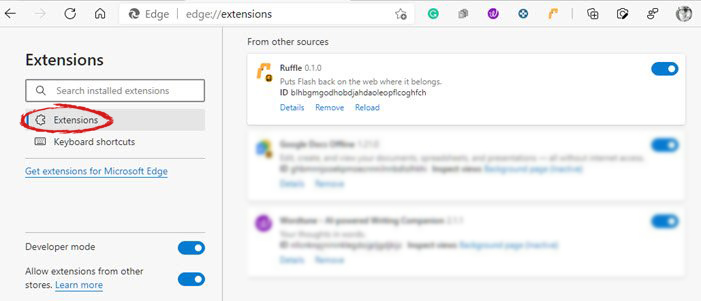
FOR FIREFOX:
- Go to the RUFFLE download page, we can not use the zip package we were using for Chrome and Edge
- Right-click on the Firefox download link
- Save link by clicking on Save link as...
- Navigate to about: debugging
- Click on this Firefox
- Click Load Temporary Add-on
- Select the .xpi that you have downloaded
BONUS:
If you want to enable
FLASH content live on your website use:
<script src="path_to_ruffle/ruffle.js"></script>




